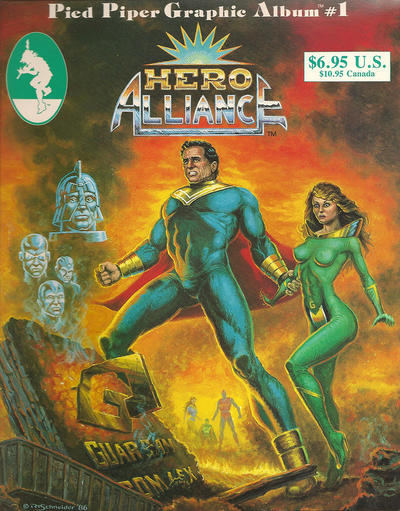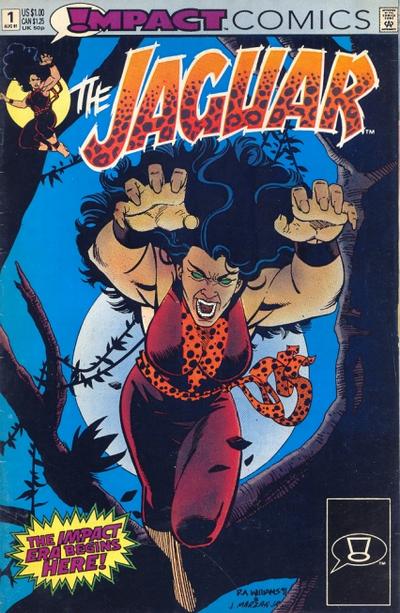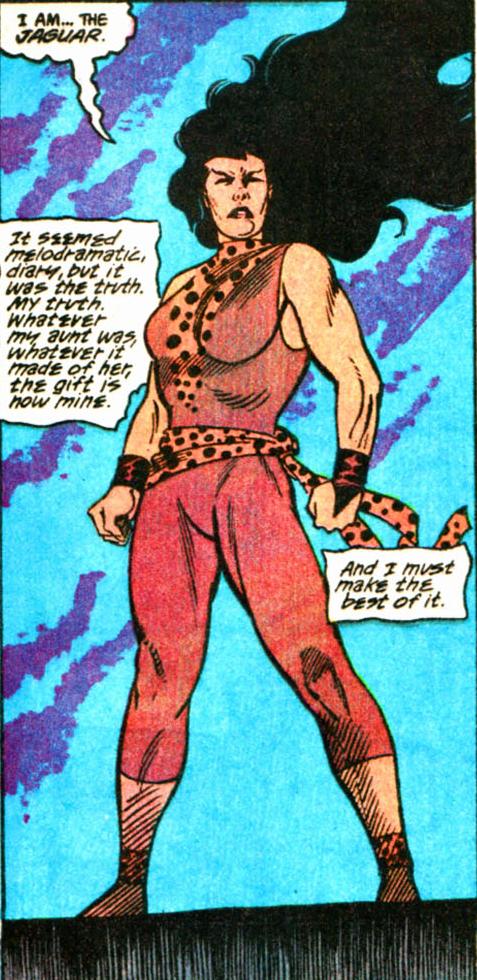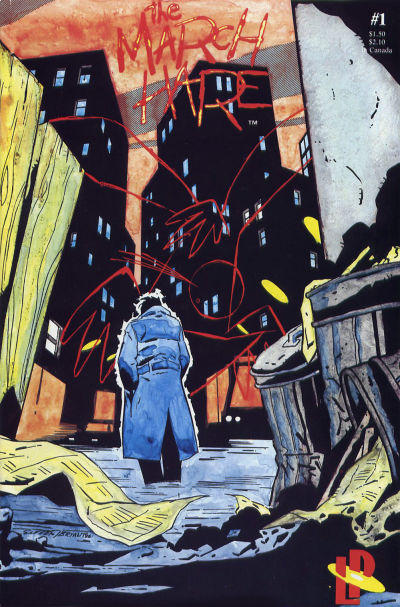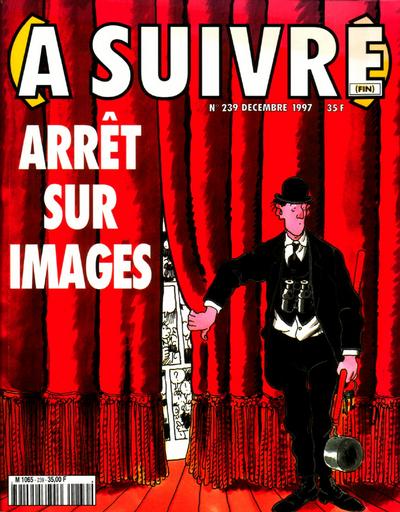Thirteen heroes on one cover? Some artists would struggle, for George Pérez it’s Tuesday.
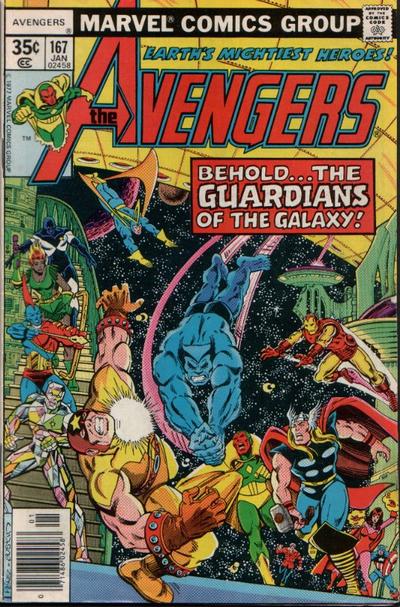
A sentimental choice this time. This was one of the very first superhero comics I remember reading, in Dutch translation as Vergelders 01. As a child we’d often spent our Sunday afternoons visiting my maternal grandmother, who still had her youngest son, my uncle, living with her. This uncle had a smallish collection of various comics left over from when he was younger and that included a few superhero comics, of which this one and the first issue of the Stan Lee/John Buscema’s Overmind saga in Fantastic Four were the ones I remember. Though I wouldn’t get into superhero comics properly until a few years later, this sure planted a seed in young Martin. As I’ve mentioned before, these stories stuck in my head even though they were steeped in a continuity or history I knew nothing about yet, with a cast of dozens of unfamiliar heroes and villains.
Avengers 167 was the start of the Korvac Saga, written by Jim Shooter on request of Pérez himself for a good solid story with a lot of characters. In many ways it’s a perfect example of Bronze Age (or Shooter Age?) Marvel. The start of a new story, but subplots from previous issues are still mentioned. Captain America and Iron Man are in conflict over the latter’s leadership. Wonder Man, recently defrosted, is worrying about whether he can be a hero, while Thor is feeling out of place, as if a mysterious force has been toying with him. When the Avengers meet the Guardians halfway through the issue and the misunderstandings are revolved, we get two pages recapping their history with Korvac and why they’re here, in 1977.
And then we change scenes entirely and are at a fashion show on Park Avenue, that’s being robbed by the Porcupine. But if you say fashion, you know the Wasp will be in the audience and so is her then hubby, the Yellowjacket. They make short work of the Porcupine and his men, aided by yet another hero, Nighthawk. The issue ends with the latter making a terrible pun and that was my first encounter with The Avengers and superheroes.
Thrown in the deep end so to speak, but at no point was I lost or confused about what was happening. Shooter had a knack for introducing all those myriad characters naturally through the course of the story, not surprising since he started as a writer for the Legion of Superheroes. And Pérez is of course, even then, a master in both depicting action and through it showing each hero’s personality. The opening splash page e.g, which shows the Scarlet Witch and Captain America racing to the monitor room to answer an alert, with the Beast bouncing over their heads to get their first. Or the encounter between Charlie 27 and the Beast a little later, the first confident he can handle this weird ‘space monkey’, the latter outraged at being called that. Pérez was, is and will always remain my favourite superhero artist because of things like this.
